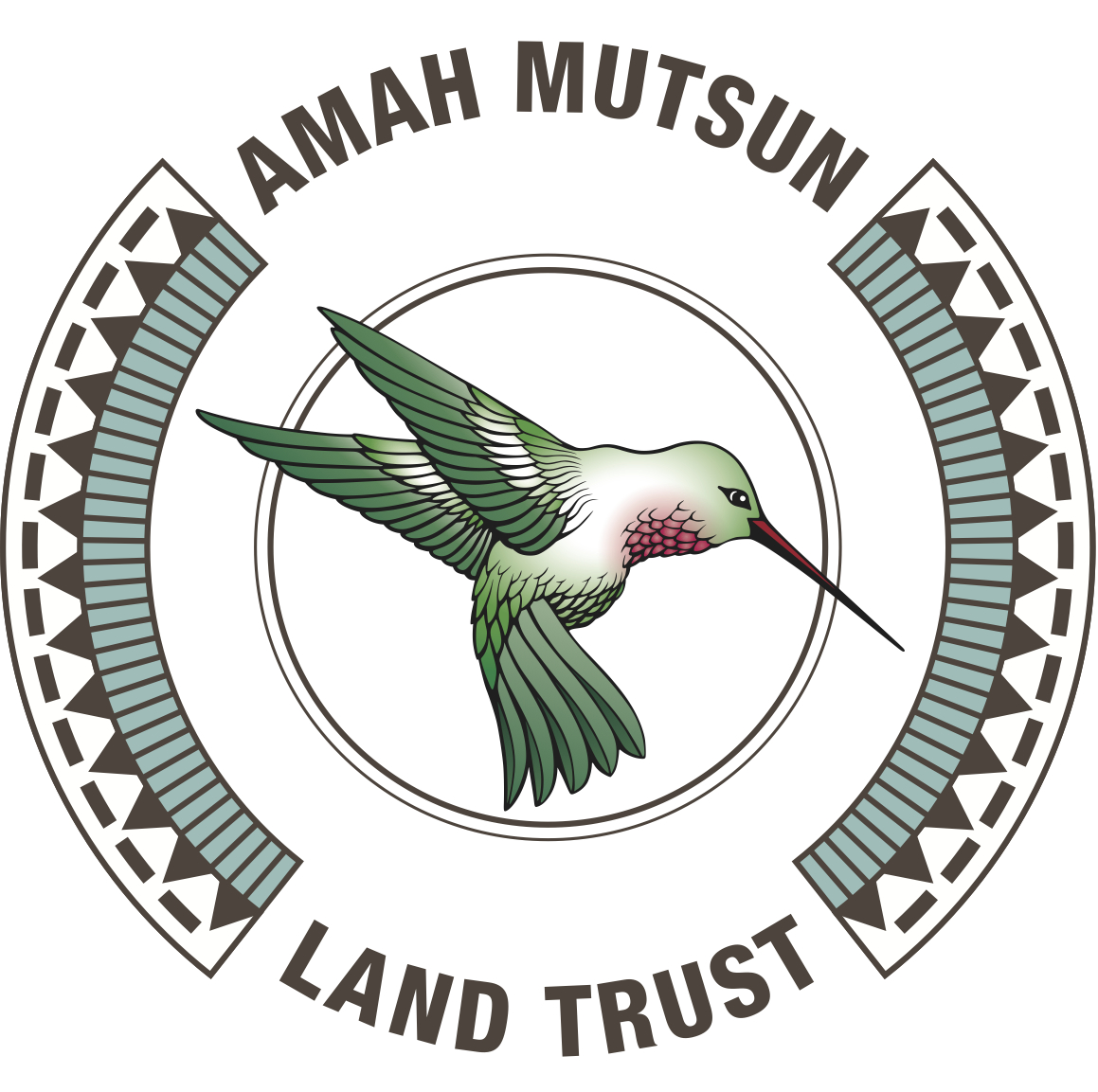Fall 2018 Newsletter
AMAH MUTSUN ETHNOBOTANY
Sara French, AMLT Director of Programs and Development
Photo courtesy Gordon Leppig & Andrea J. Pickart
Ethnobotany is the study of the human relationship with plants. Each AMLT newsletter will highlight a native plant that is used by the Amah Mutsun. We hope you enjoy learning more about the useful and culturally significant plants all around us.
Mutsun Name: rapsana or rookos
English/Spanish Name: tule, a.k.a. giant bulrush
Botanical Name: Schoenoplectus acutus var. occidentalis
Tule is a perennial grass-like herb that forms dense stands in wetlands, marshes, and riparian areas. It has erect, triangle shaped stems that grow up to 13 feet tall and have wide air cavities inside, making the stem light and buoyant. Flower spikes form small clusters at the end of the stems. The leaves are very short, inconspicuous, and located near the base of the stem.
Tule is a versatile plant with many cultural uses. The long stems are harvested in the fall, lightly dried, and used to make mats, baskets, shoes, skirts, boats, and many other things. The Amah Mutsun use tule to build their traditional “rukka”, or house made of willow poles and tule thatch. You can see an example of this in the Amah Mutsun garden at Pie Ranch. Tule is also valued as a food plant, with edible rhizomes, shoots, green flower heads, and pollen.
Please do not reproduce this material without permission.

